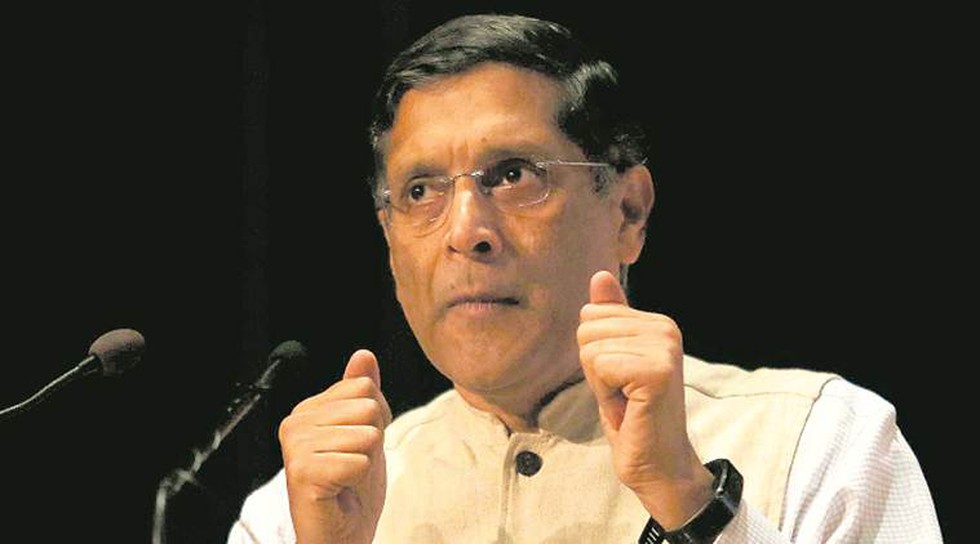Key Highlights:
- According to him, the scheme should not be funded out of the reserves of RBI but through replacement of existing farm and fertilizer subsidies.
- Also, the transfer would not be to all rural households but all except the demonstrably well-off thereby making it quasi-universal.
- According to him, QUBRI scheme would be better than Telangana’s RythuBandhu initiative and Odisha’s Kalia scheme, as it will be progressive and go further in including non-farm rural households.
Economic calculation behind this scheme:
- An annual transfer of about Rs 18,000 or Rs 1,500 per month per household would cover 75 % of the rural population at a total fiscal cost of about 1.3 % of GDP or Rs 2.64 lakh crore in 2019-20 prices.
- This can be funded equally by the Centre and the states through cutting down of existing farm subsidies and pruning Centrally Sponsored Schemes.
- Hence, it will not create any additional burden on exchequer.
Rationale behind this step:
- Agrarian crisis is not limited to the agriculture only. It has depressed the entire rural
- So, making the focus rural might be more effective at addressing the agrarian stress.
- Such a scheme would be better than loan waivers given by the government which are essentially regressive as they mainly benefit rich farmers.
